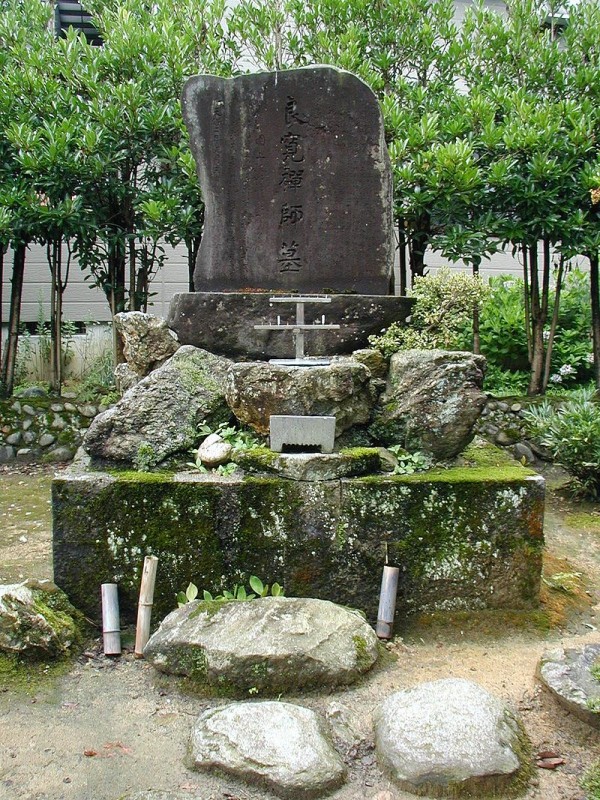 Minakata Kumagusu (1867-1941) was an idiosyncratic naturalist, whose pioneering research brought him high prestige though he never completed a degree. He lived abroad in the US and the UK in early Meiji times, then returned to Japan and became an acknowledged authority in botany and folklore matters. He also became a fierce advocate for protection of shrine forests, in the face of government policy to the contrary, as is made plain in this extract from a longer article by Roger Pulvers. (For those in Kyoto, there will be a talk show in Japanese about Minakata at the Maruzen bookshop on June 27.)
Minakata Kumagusu (1867-1941) was an idiosyncratic naturalist, whose pioneering research brought him high prestige though he never completed a degree. He lived abroad in the US and the UK in early Meiji times, then returned to Japan and became an acknowledged authority in botany and folklore matters. He also became a fierce advocate for protection of shrine forests, in the face of government policy to the contrary, as is made plain in this extract from a longer article by Roger Pulvers. (For those in Kyoto, there will be a talk show in Japanese about Minakata at the Maruzen bookshop on June 27.)
***************************
‘Three ecologies’ pioneer fought Japan’s rape of nature
by Roger Pulvers {Taken from Japan Times Jan 20, 2008}
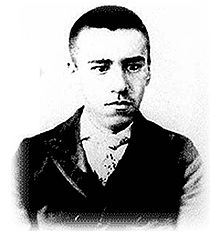
Minakata 1891
In 1906 the Meiji government issued the Edict of the Amalgamation of the Shrines, ordering the dissolution of local shrines around the country and their merger with large, officially sanctioned ones. Minakata saw this clearly, and rightly, as an attempt to politicize the institution of the shrine. In effect, it was an early and giant step toward the establishment of state Shinto, turning the animistic faith into an ideology of nationalism.
To Minakata, local shrines, surrounded by sacred trees, were the symbol of genuine Japanese nature-worship. He knew that Wakayama prefectural officials were hand-in-glove with developers (the kind of cozy tie-up that exists throughout Japan to this day), and that trees formerly protected by local shrines would be felled in a wholesale manner. He pointed out that this would decrease the bird population for lack of nest sites — and so lead to an increase in the insect population. Farmers would then resort to using insecticides, which in turn would get into the water and harm the livelihood of both freshwater and inshore fishermen.
The result of the merger of the shrines was the formation of a link between the destruction of nature and the eventual creation of a fascist state. Ironically, those who supported that state in Japan’s most disastrous-ever war sang the praises of nature while simultaneously decimating it.
Minakata created a mandala to demonstrate the interconnectedness of all natural phenomena. He wrote of the “three ecologies”: the ecologies of biology, society and the mind. By fusing these three into a world view that necessitated the conservation of nature, he stands as a global pioneer in the ecology movement. His philosophy and actions can teach us a great deal today.
As for the latter — his actions — they were sometimes, in the thinking of the day, extreme. On Aug. 11, 1910, he barged into a meeting where officials were discussing the “development” of Wakayama timber, threw a portmanteau and a chair at some of them, and protested vehemently against the travesty of destruction they were wreaking on his beloved forests. Fanatic, yes; passionate and committed, absolutely. And where did this agitation opposing the greed and hypocrisy of much “development” get him?
Handed a suspended sentence
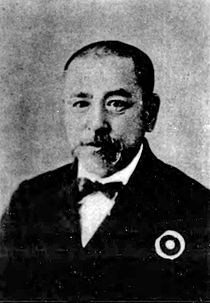
Minakata in 1929
The police were called and Minakata was arrested for “breaking and entering.” In court he was merely handed a suspended sentence; after all, this celebrated native son of Wakayama had brought international renown to his remote prefecture.
He wrote in his diary at the time: “[The result of the official policy] would have been the laying to waste of every last native forest of Wakayama.”
He was a flamboyant and iconoclastic man who strove to honor what he saw as the nature-harmonious taboos of ancient Japan, embracing them as he embraced his Western learning, as a methodology to husband, preserve and live with nature. He was often seen dressed in no more than a loincloth, carrying a hammer and an insect net, roaming the forests. (Minakata suffered from hyperhidrosis, or excessive sweating, and often pranced about in his natural state.)
When Emperor Hirohito visited Wakayama in 1929, Minakata was asked to deliver a lecture to him, apparently the first time this privilege was ever afforded a commoner. After the Emperor left, with 110 specimens of slime mold in hand as an offering, Minakata wrote this poem:
Oh breeze from the inlet
Do you realize the branches you are blowing through?
This is a forest praised by the Emperor!
Minakata’s life, from 1867 to 1941 (he died exactly three weeks after the attack on Pearl Harbor), spanned the greatest and most dramatic era of change in the last 1,000 years of Japanese history. His “three ecologies” teach us that the fundament of scientific research is a love and respect for nature. To Minakata, what the eye sees, what the mind reasons and what the heart feels are one.
On Minakata’s death, the Emperor, who had led Japan in its most fatal years of “development,” wrote of the island of Kashima in Minakata’s native province of Kishu (Wakayama):
When I gaze upon Kashima Isle,
dim in the rain
I think of the man
that Kishu gave to the world —
Kumagusu Minakata
Minakata became one of the most worshipped heroes of his time. But his greatest achievement may be that he lived his life discovering, protecting and fighting for the phenomena of nature that this country so assiduously and cynically destroyed in his day and has continued to do so since. Minakata is, in this sense, a heroic figure in more ways than one.

Thanks to the efforts of Minakata, scenes such as this were preserved for posterity.

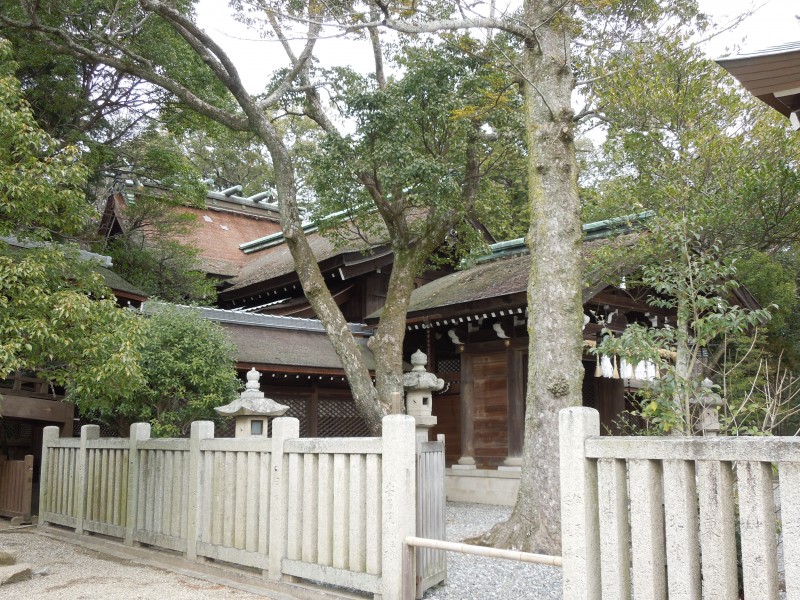
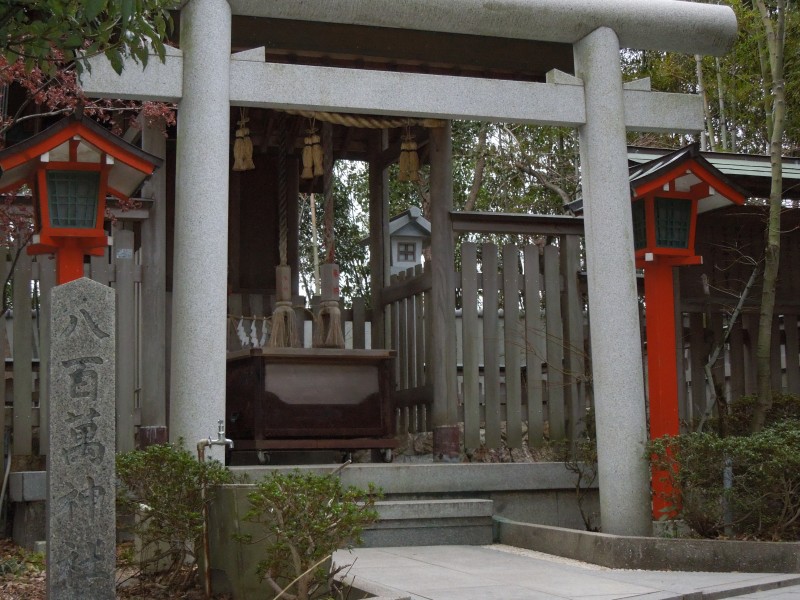
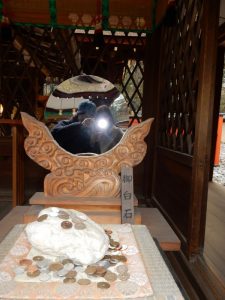

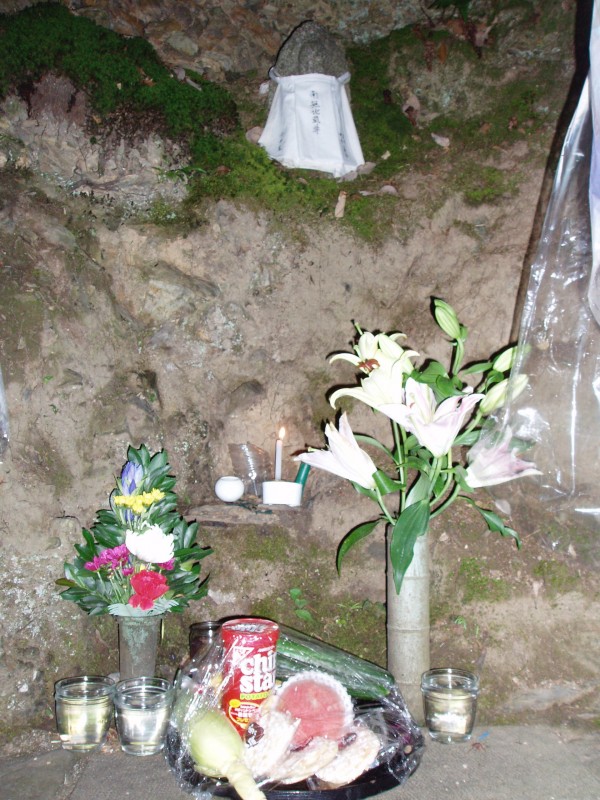
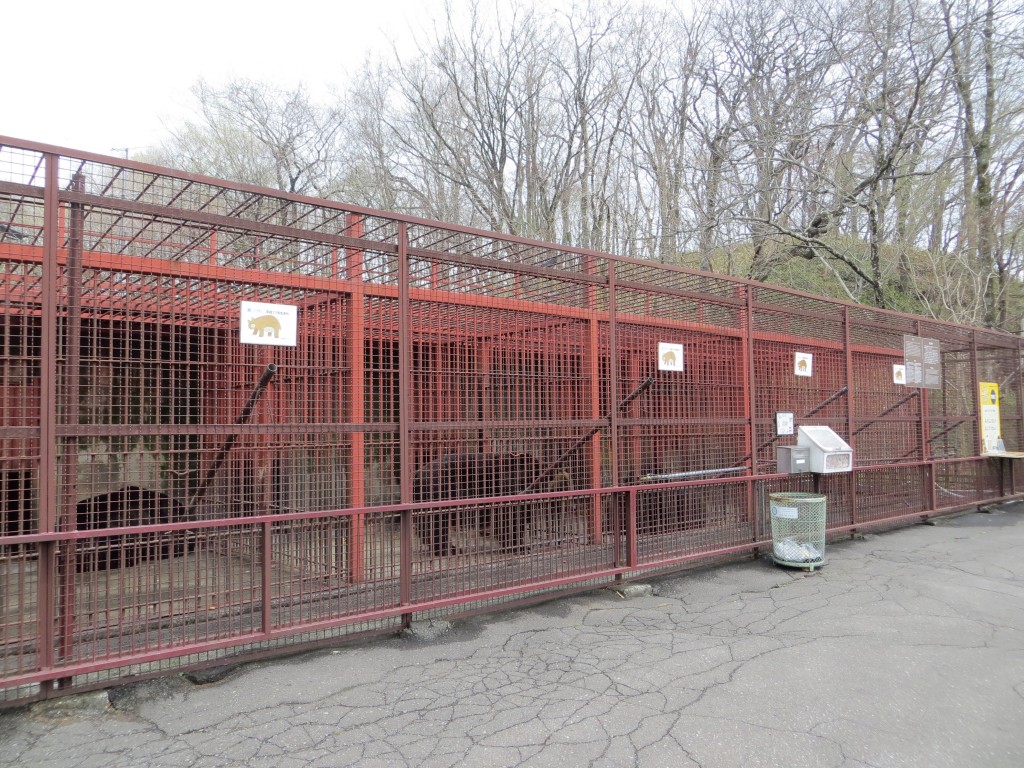
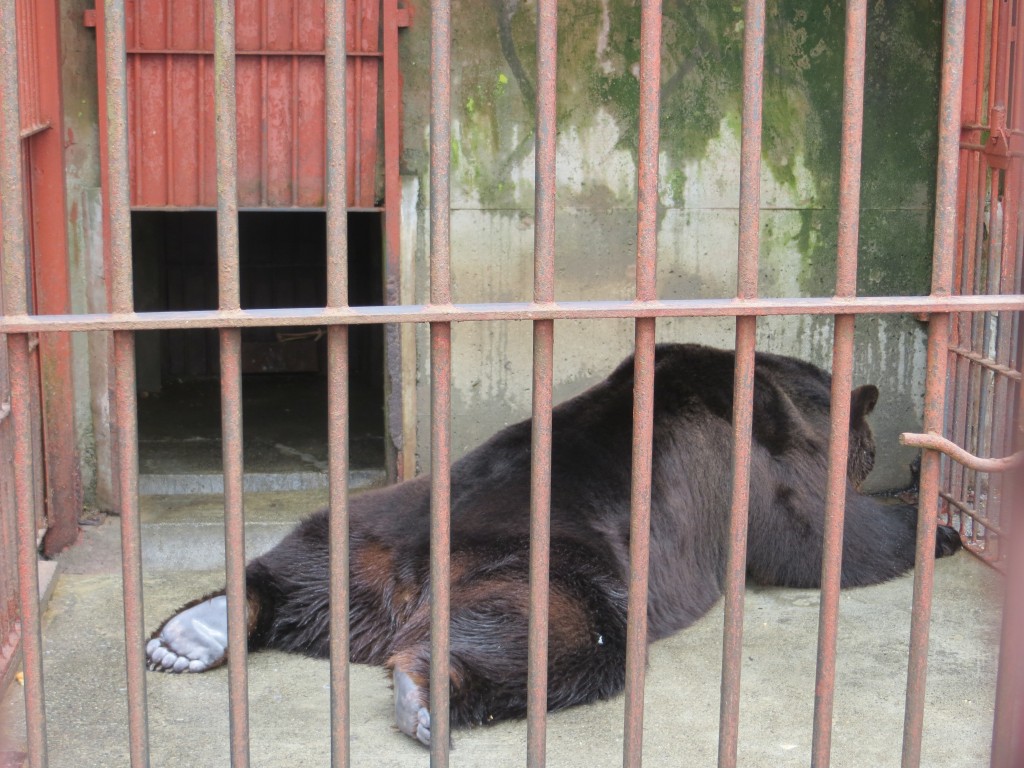

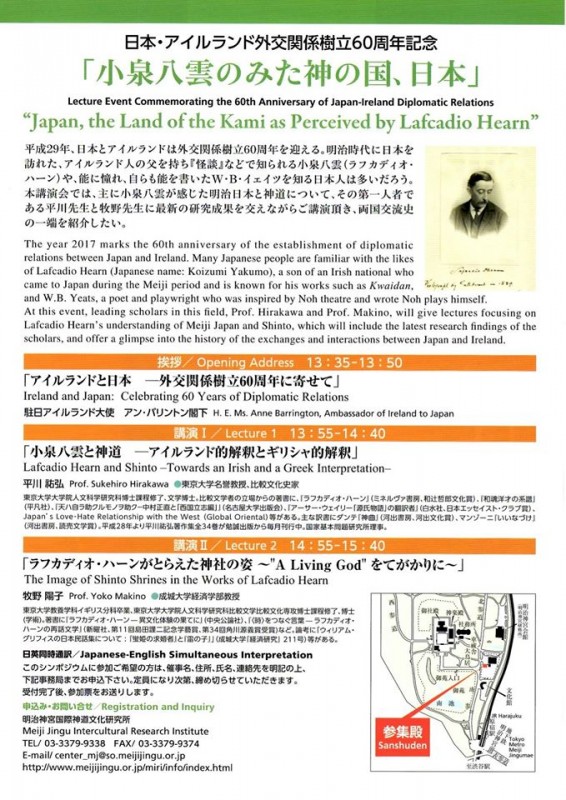
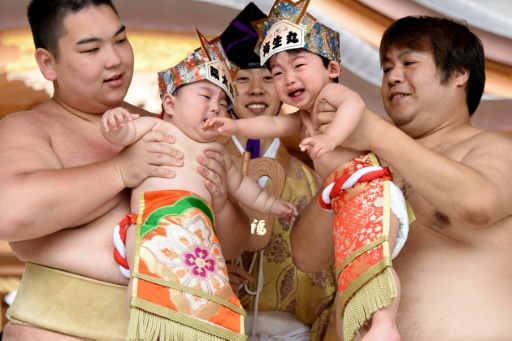 Bawling babies face off in Japan’s ‘crying sumo’
Bawling babies face off in Japan’s ‘crying sumo’ There are many individuals who exemplify the close ties between Zen and Shinto in Japanese history, particularly in the period before an artificial line was drawn between Buddhism and ‘the indigenous religion’ in Meiji times.
There are many individuals who exemplify the close ties between Zen and Shinto in Japanese history, particularly in the period before an artificial line was drawn between Buddhism and ‘the indigenous religion’ in Meiji times.